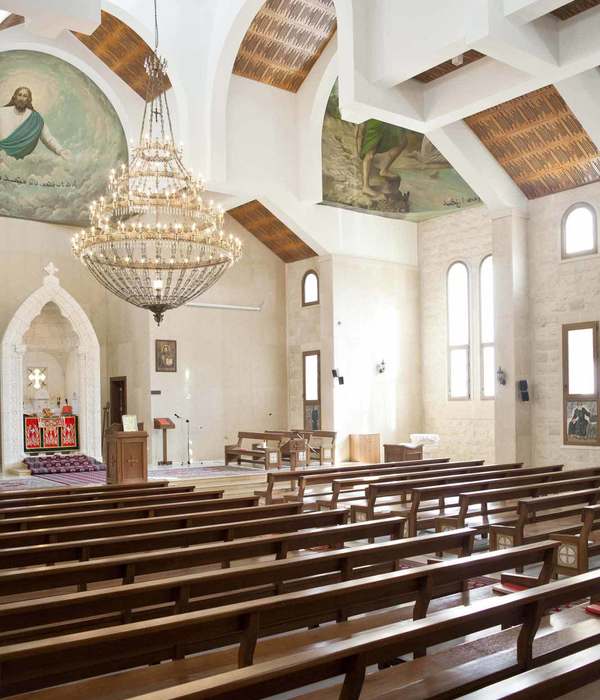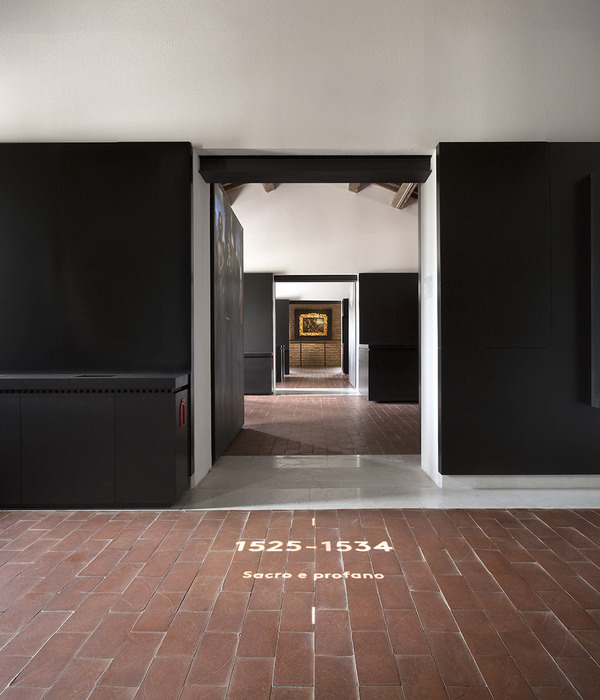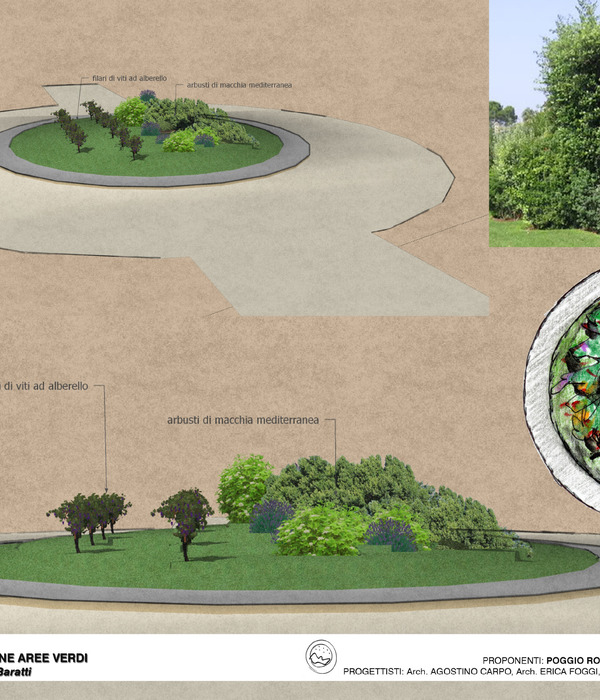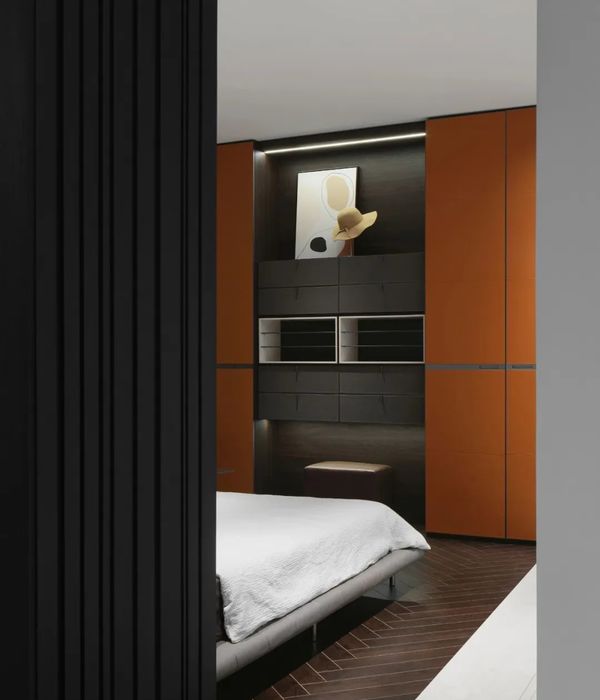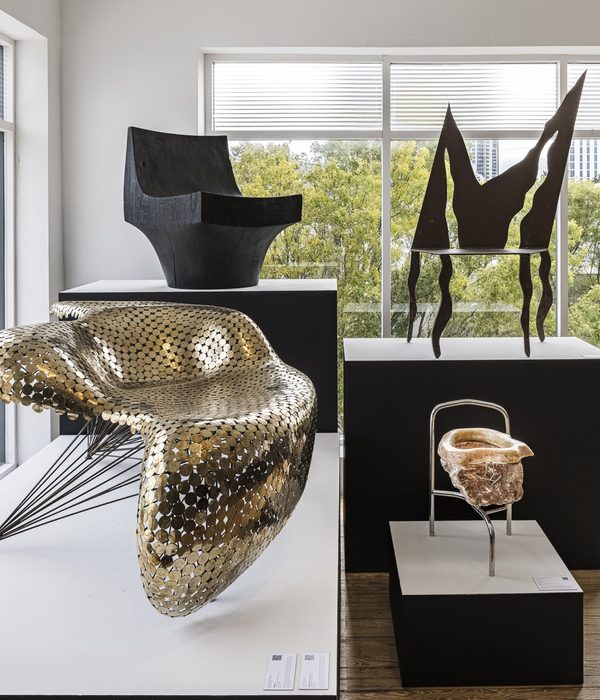英文名称:Turkey Sivas Stadium
位置:土耳其
设计公司:Bahadir Kul Architects
锡瓦斯坐落在土耳其拥有又冷又干天气的区域中,所以这里的冬天非常寒冷,整个城市也会长时间的处于下大雪的情况下。在设计锡瓦斯体育馆的时候,这样的天气状况问题被摆在了最突出的位置上。通过生态设计准则、高被动的空气调节措施、活化能生产系统、雨水收集和中水回收为项目设计出了能源效率。因为体育馆坐落在一个寒冷气候的区域中,建筑外壳被设计成了紧凑而内向的类型,这在墙壁的北侧创造出了一个冷风的缓冲区。在内壳中创造这种空间的目的是用空气来提供热绝缘。
在夏天的时候,覆盖在北侧的保留区就会被敞开,这将会允许空气在墙壁之间进行转移。如果北部的墙壁没有暴露在直射的阳光下,那么这个部分将会比其他的正面冷一点,而且这边的墙壁之间会有低气压点的产生。这会在墙壁之间产生持续而又稳定的气流,这会减少体育馆在夏季用来进行冷却活动的能源的消耗。
Sivas is located in the cold-dry climate region of Turkey, so its winter is strong and the city is under heavy snow in long periods. This parameter is foreground in the design decisions of Sivas Stadium. Energy efficiency is designed according to ecological design criteria, high passive air conditioning measures, active energy production systems, rainwater harvesting and gray water cycle.Due to the fact that stadium is located in a cold climate zone, the building shell is designed to be compact and inward, and this makes a buffer zone for cold winds in the north side of the facade. Creating this kind space in the inner shell to provide thermal insulation with air.
In the summer, reserve covers on the north side are opened, allowing for air transfer between the walls. If the north facade is not exposed to direct sunlight, this part will be colder than the other fronts, and on this side there will be low pressure points between the walls. This will result in a continuous and stable airflow in the wall, which will also reduce the energy used for building cooling actions in the summer.
土耳其锡瓦斯体育场外部实景图
土耳其锡瓦斯体育场局部实景图
土耳其锡瓦斯体育场平面图
土耳其锡瓦斯体育场剖面图
{{item.text_origin}}

